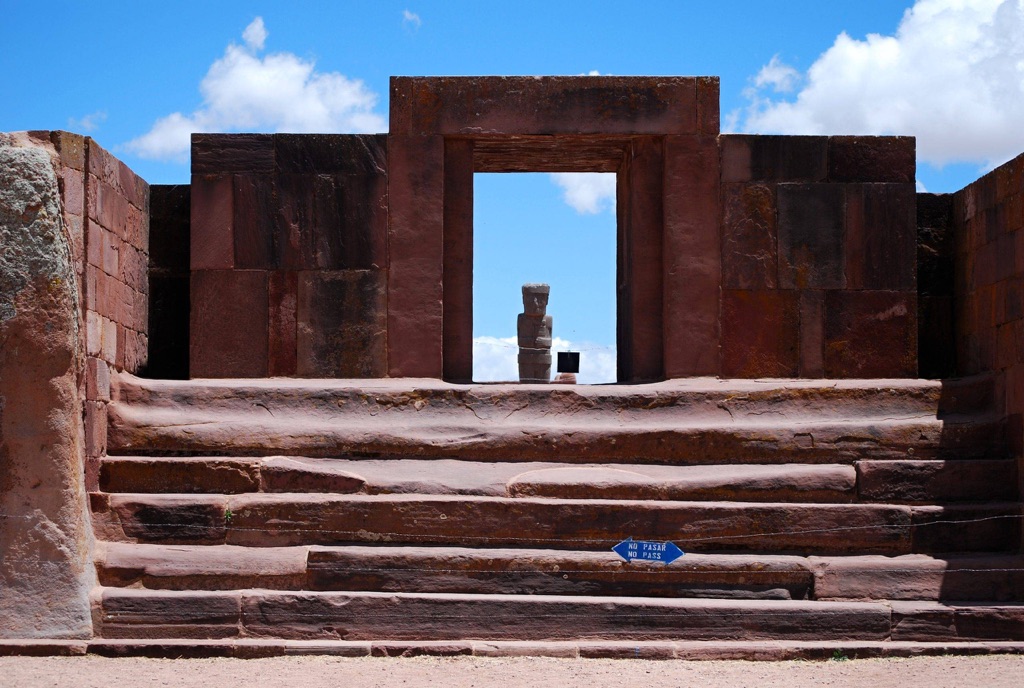Kalasasaya, an ancient archaeological site located in western Bolivia, is a part of the larger Tiwanaku site, a UNESCO World Heritage Site. The name “Kalasasaya” translates to “standing stones” and is a testament to the site’s impressive stone architecture. The complex is renowned for its precision-cut stones and the Gateway of the Sun, a monolithic doorway intricately carved with depictions of a deity and celestial symbols. This pre-Columbian site, dating back to 200 BC -200 AD, offers fascinating insights into the advanced architectural and astronomical knowledge of the Tiwanaku civilization.
Get your dose of History via Email

Historical Background of Kalasasaya
The history of Kalasasaya is deeply intertwined with the Tiwanaku civilization, one of the most significant precursors to the Inca Empire. This civilization thrived around Lake Titicaca in Bolivia, from 500 to 1000 AD. Kalasasaya served as a ceremonial complex within the broader Tiwanaku site. Archaeologists believe that the complex was used for spiritual and astronomical purposes, with the alignment of the stones corresponding to solstices and equinoxes.
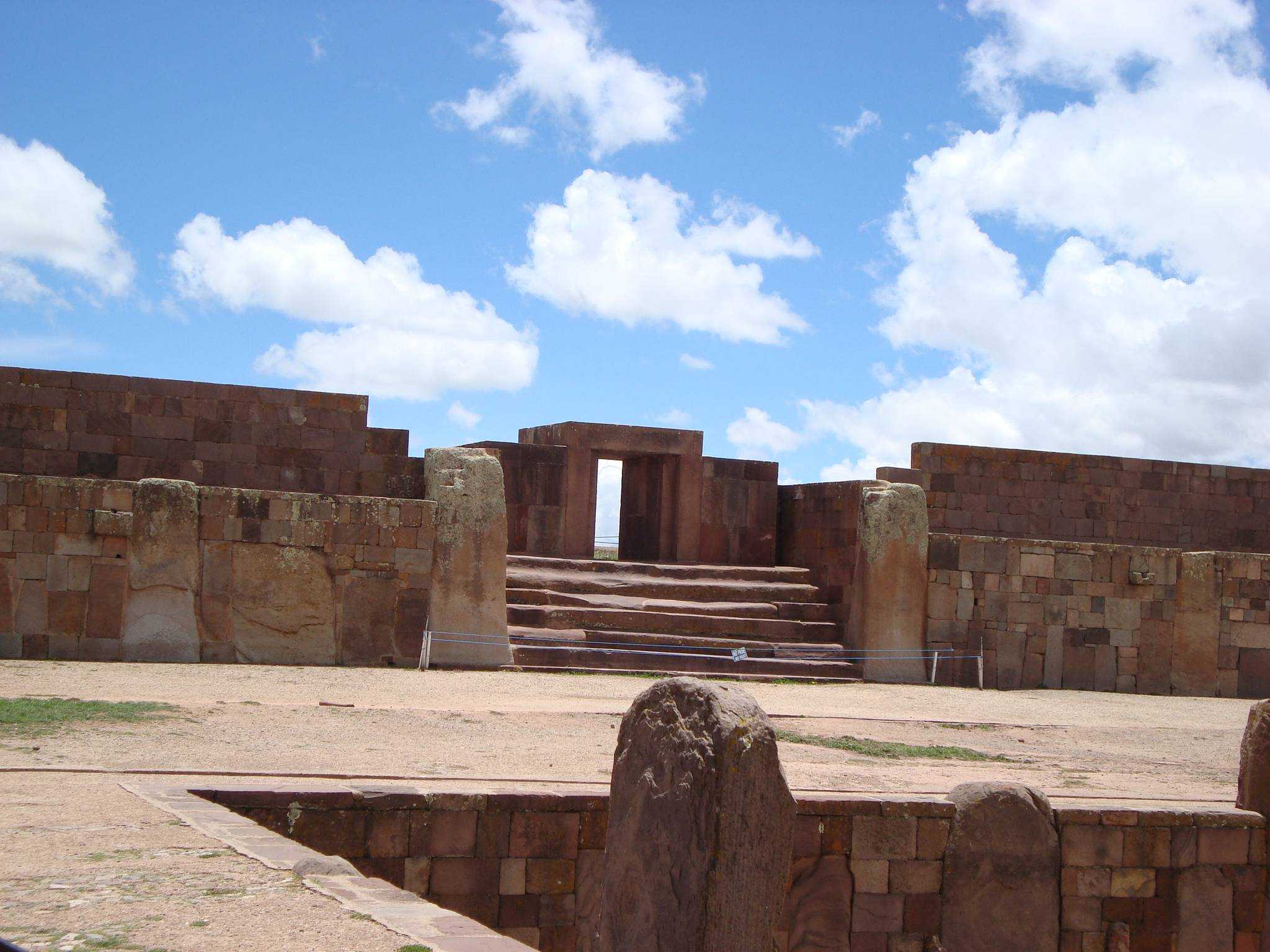
In the early 20th century, Bolivian archaeologist Arthur Posnansky proposed that Kalasasaya was built around 15,000 BC, based on his interpretation of the site’s astronomical alignments. However, modern radiocarbon dating techniques suggest a much later date, placing the construction of the site between 500 and 800 AD.
Despite the collapse of the Tiwanaku civilization around 1000 AD, Kalasasaya continued to be a site of local reverence. The Gateway of the Sun, one of the most famous features of the site, was likely moved to its current location during the Inca period.
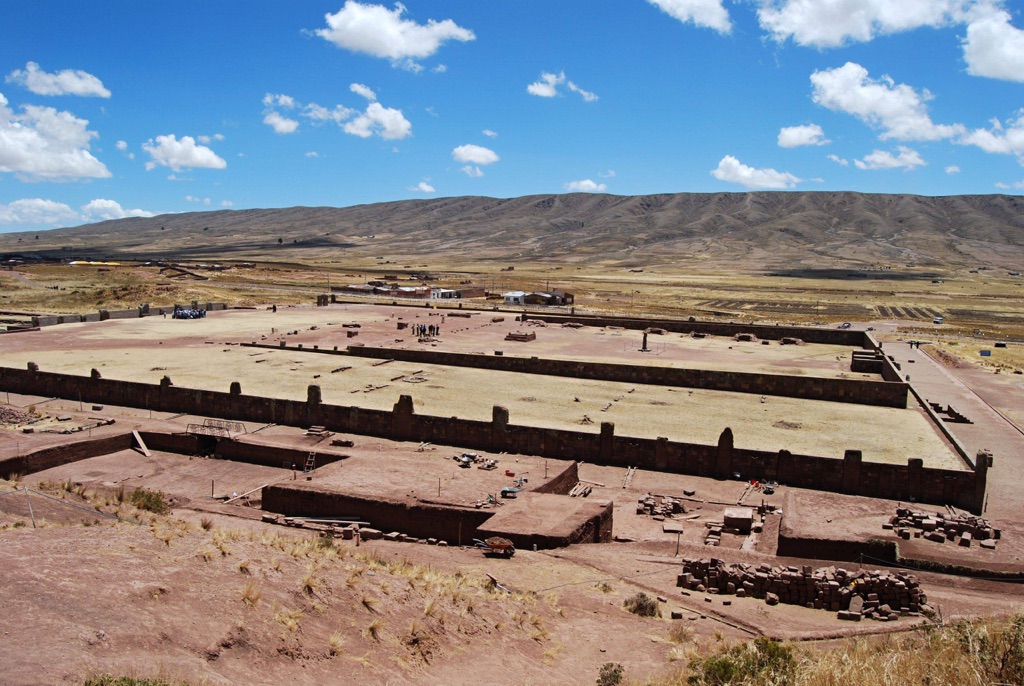
Architectural Highlights/About the Artifact
The Kalasasaya complex is a rectangular enclosure made up of large standing stones. The stones, some of which weigh over 100 tons, are precisely cut and fitted together without mortar, showcasing the advanced stone-cutting techniques of the Tiwanaku civilization.
The most iconic artifact within the complex is the Gateway of the Sun. This single piece of andesite stone is intricately carved with a central figure, believed to be a deity, surrounded by winged effigies and celestial symbols. The gateway is thought to have been a part of a larger, now fragmented, wall.
Another significant feature of Kalasasaya is the “Semi-Subterranean Temple,” a courtyard sunken into the ground, lined with stone heads believed to represent captured enemies or ancestral figures.
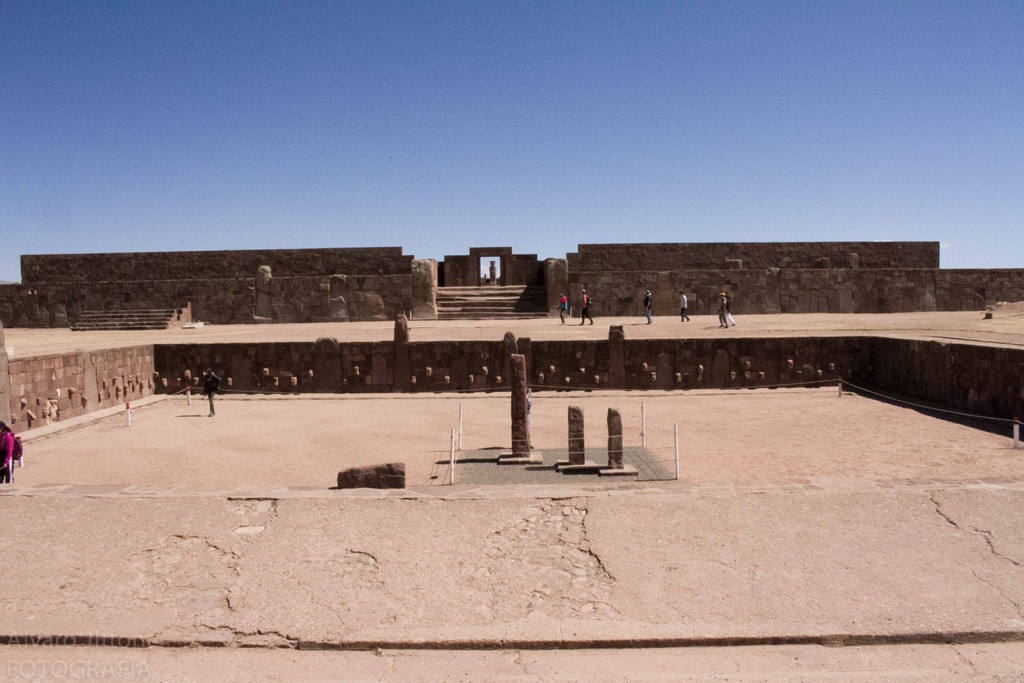
Theories and Interpretations
There are various theories and interpretations surrounding Kalasasaya. The most prevalent is its use as an astronomical observatory. The layout of the stones suggests that they were aligned to track the sun’s movement, allowing the Tiwanaku people to mark solstices and equinoxes accurately.
The Gateway of the Sun, with its intricate carvings, is often interpreted as a calendar. The central figure is thought to represent a sun god, and the surrounding symbols are believed to denote days and months.
Another theory suggests that the Semi-Subterranean Temple was used for ritualistic purposes, possibly related to ancestor worship or war ceremonies, based on the carved stone heads lining the temple.
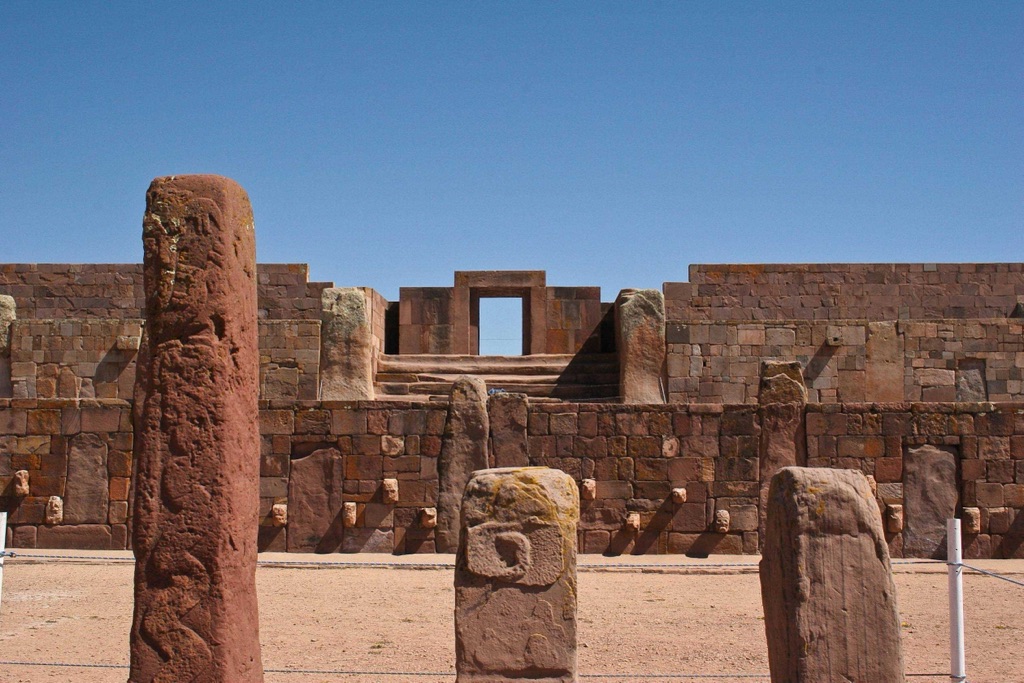
Good to know/Additional Information
Visiting Kalasasaya offers a unique opportunity to step back in time and explore the remnants of a civilization that was advanced in architecture, agriculture, and astronomy. The site is open to the public, and guided tours are available.
The nearby city of La Paz offers accommodation and amenities for travelers. The best time to visit is during the dry season, from May to October. It’s also worth noting that the site is located at a high altitude, so it’s advisable to acclimatize before visiting.
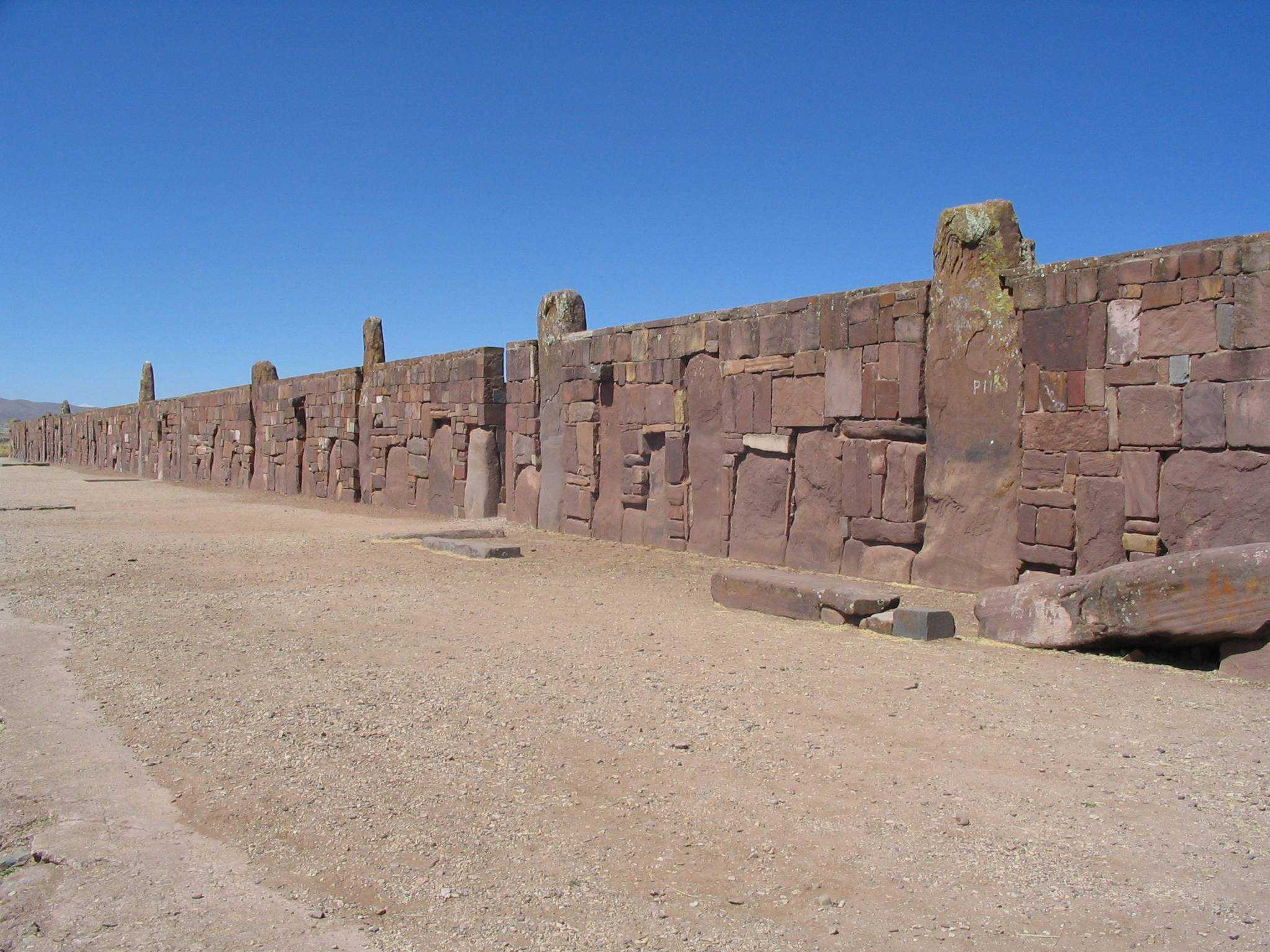
Conclusion and Sources
Kalasasaya is a testament to the advanced knowledge and skills of the Tiwanaku civilization. Its precise stone architecture and astronomical alignments continue to fascinate archaeologists and visitors alike.
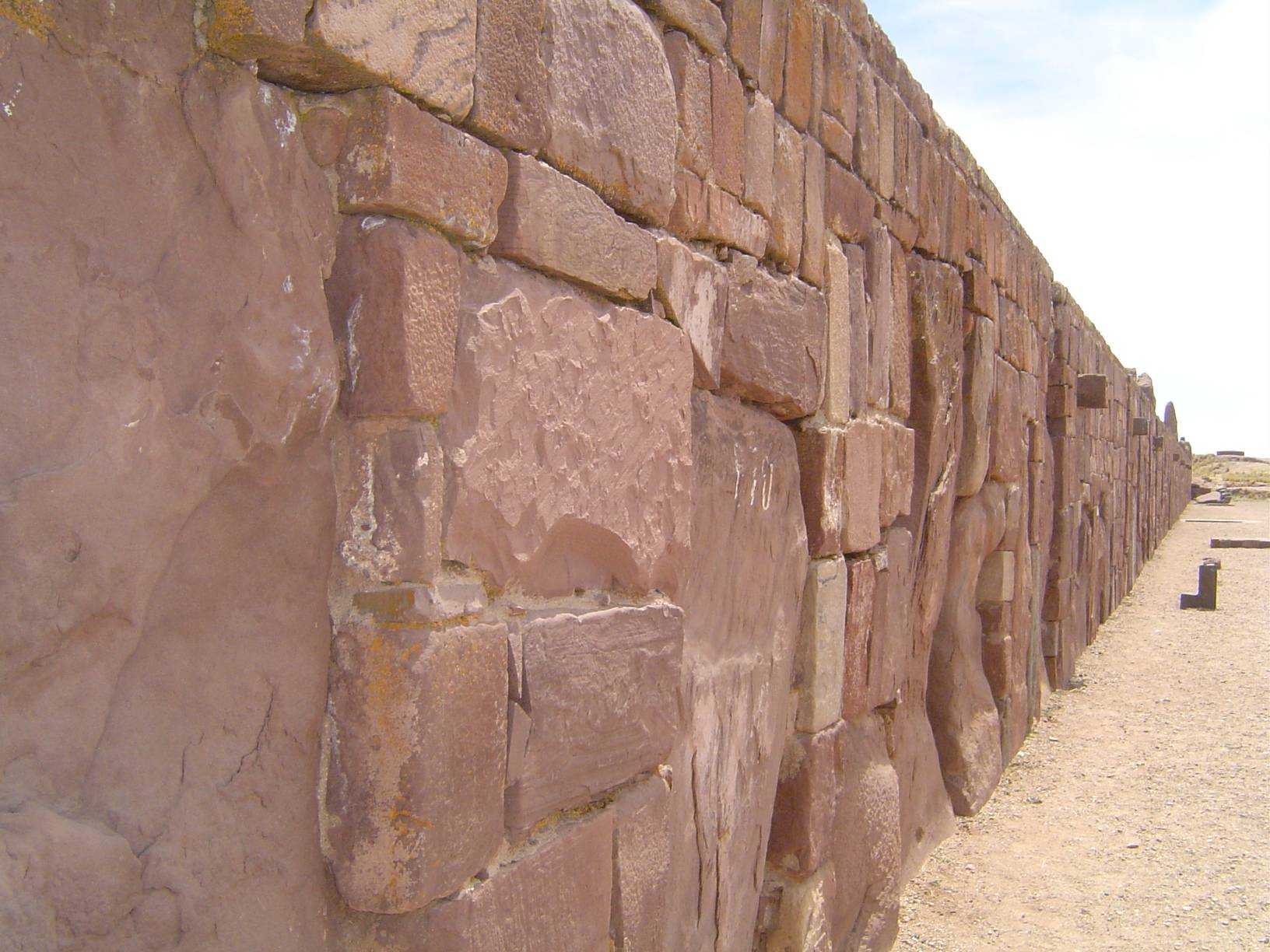
For further reading and information, refer to the following sources:
If you like this article, you should definitely give these a read:

